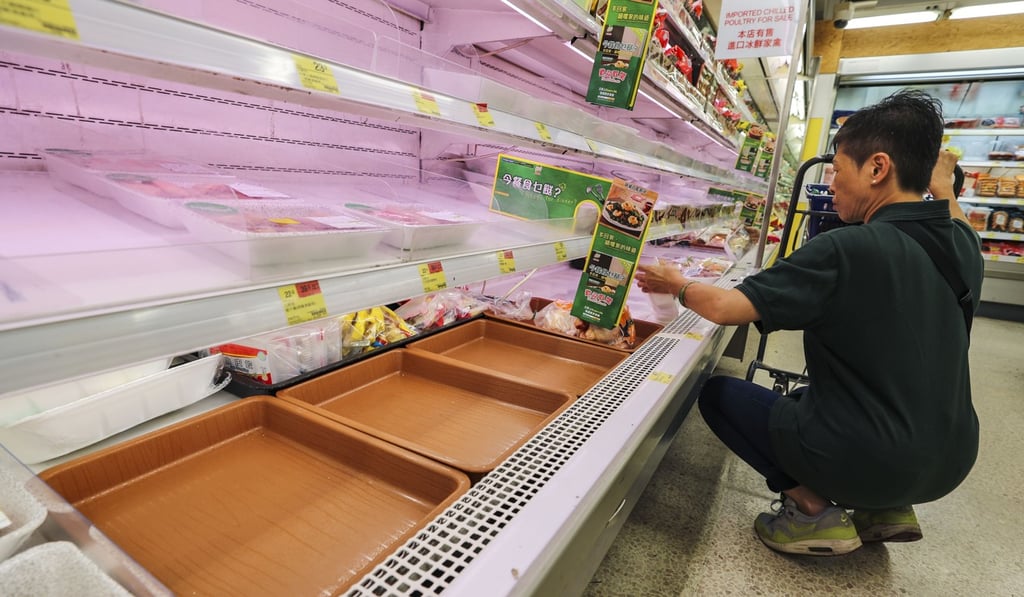The View | How Typhoon Mangkhut and a stock market crash are connected
Richard Harris recounts the weekend just past. The information overload, panic, calm, storm and blame game: was Hong Kong hit by a super typhoon or a market crash?

As a young teenager 50 years ago, I had a cardboard chart of the South China Sea – bounded by the Philippine and Vietnamese coasts. By listening to RTHK’s weather reports at the half-hour and at two minutes to, I followed the typhoon tracks using red pins. It was all we had to prepare.
Every storm, like every stock market event, is similar but different. Last year’s Typhoon Hato was a No 10 causing significant damage to the Sea Ranch Pier on Lantau. A typhoon should not be expected to add much to the previous damage – yet Mangkhut was that much worse. The 250km/h winds were about 60 per cent stronger than those associated with Hurricane Florence, which lashed the East Coast of the US last week.
The emotional impact of having too much data is mirrored in the stock markets. Markets will panic and overshoot early. Pictures of empty supermarket shelves were circulated as those who were overly worried rushed out to buy supplies. From the time the No 3 signal went up at 4.20pm on Saturday, to when it was lowered at 2.40pm on Monday, it was difficult for people to shop. Rather than stocking up, it was an opportunity to clear the fridge!

Social media lit up with messages detailing exactly when which signals were going to go up – something even the Observatory was not likely to know. It was fake news, always seemingly from the wife of a Cathay pilot. News, of typhoons or markets, must be reality-tested. Typhoon data comes from the Observatory; market news comes from known public sources.
